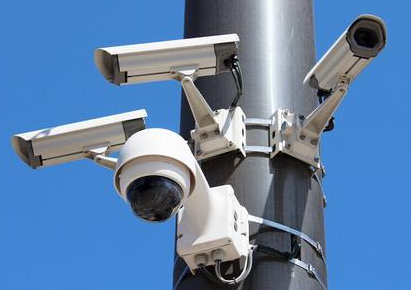Wuxi video camera The installation and commissioning process of the monitoring system generally includes the following steps:
The first is the on-site survey. Before installing the camera, it is necessary to conduct a detailed survey of the monitoring site to understand the layout of the monitoring area, environmental conditions, lighting conditions, and the location of power and network access points. According to the survey results, a reasonable camera installation location and wiring scheme shall be formulated to determine the required camera type, lens specification, length and specification of transmission cable and other equipment and materials list.
Next is equipment installation. According to the installation scheme, fix the camera at the selected position to ensure firm and stable installation, and adjust the angle and direction of the camera so that it can cover the predetermined monitoring area. At the same time, install the supporting equipment of the camera, such as support, protective cover, power adapter, etc. The webcam also needs to be connected to the network through the network cable Switch And ensure that the network connection is normal; For analog cameras, coaxial cables need to be used to connect them to the video matrix or DVR equipment at the back end, and pay attention to the connection quality of the cables to avoid looseness or poor contact.
After the installation of the equipment, the line laying and connection shall be carried out. Lay power lines and signal lines according to the pre planned wiring scheme. The power lines should ensure stable power supply to avoid damage to equipment caused by voltage fluctuations; The signal line shall ensure the quality of signal transmission and avoid interference. In the wiring process, pay attention to the protection of the cable to avoid being squeezed, worn or subjected to other physical damage. The cable can be laid and fixed by trunking, conduit, etc.
Next is system debugging. First, debug the image of the camera to check whether the image definition, brightness, contrast, color and other parameters meet the requirements. Adjust the camera's relevant parameter settings to achieve the best image effect. For the webcam, you also need to set its IP address, subnet mask, gateway and other network parameters to ensure that it can carry out normal communication and data transmission with the back-end equipment. Then, debug the back-end storage device, display device, etc., and check whether the video storage is normal, whether the storage time meets the requirements, whether the display screen is clear and smooth, and whether the linkage functions between various devices are normal, such as PTZ control, alarm linkage, etc.
Finally, the system test and acceptance. After the completion of system commissioning, a comprehensive system test is carried out to simulate various actual use scenarios and check whether the stability, reliability and functionality of the monitoring system meet the design requirements. Timely rectify and optimize the problems found in the test process to ensure the normal and stable operation of the system, organize relevant personnel to carry out acceptance, and deliver it for use after the acceptance is qualified, establish corresponding maintenance system, and regularly maintain and inspect the monitoring system to ensure that it is in good operating condition for a long time.

![]()






